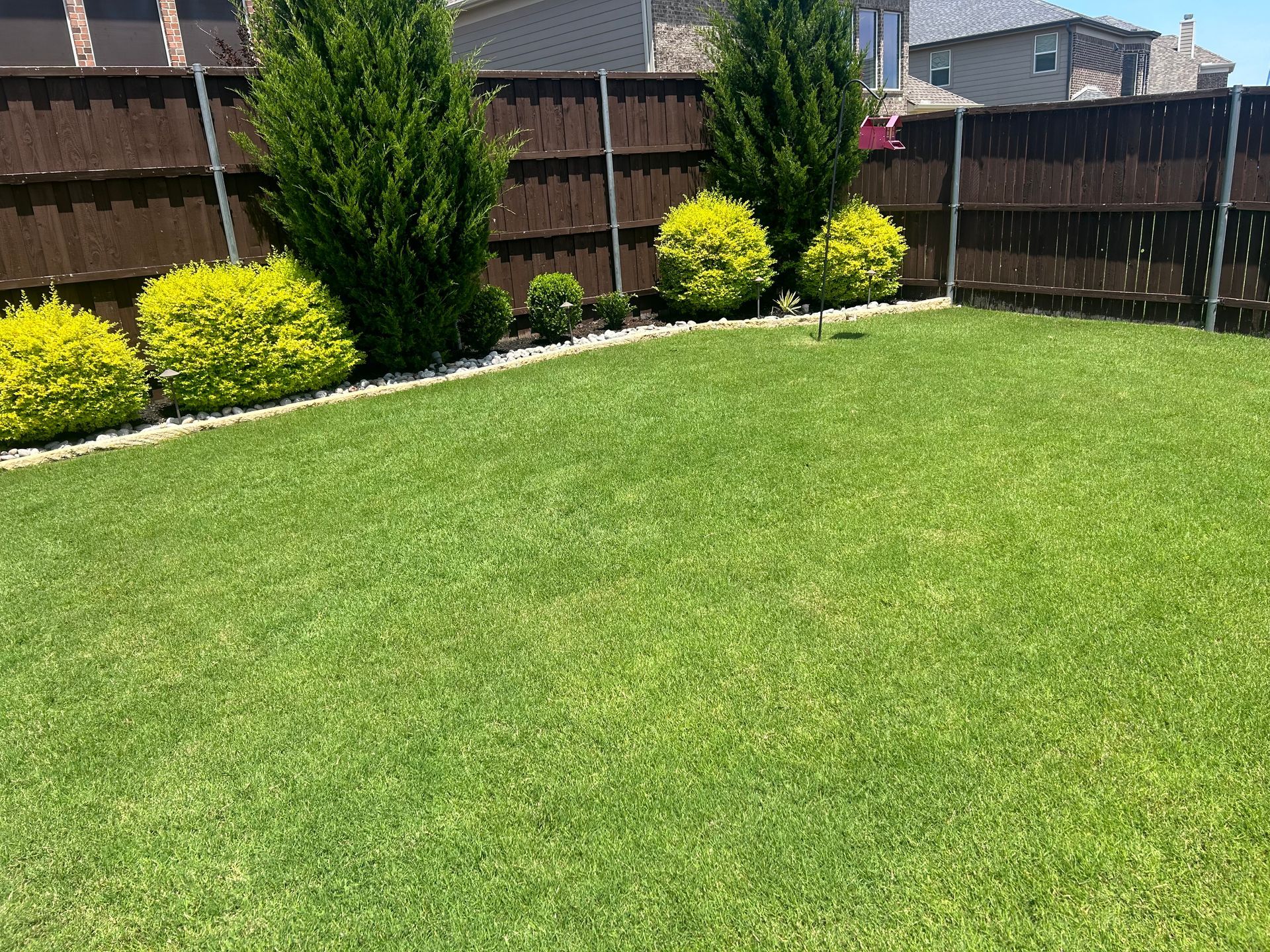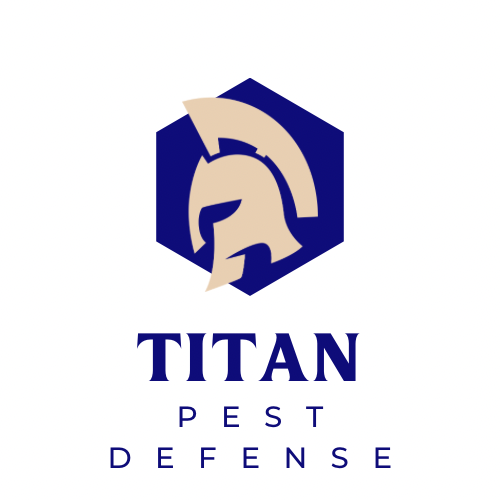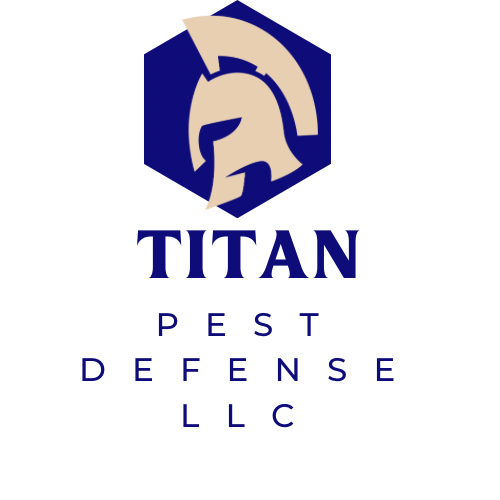Grassy Weeds: How to Identify & Control for a Healthy Lawn
Recognizing Grassy Weeds
Grassy weeds are unwanted grass-like plants that infiltrate lawns, competing with your turfgrass for vital resources such as water, nutrients, and sunlight. These weeds often blend in with regular grass, making early detection tricky. The main indicators of grassy weeds include irregular growth patterns, differing textures, and a contrasting shade of green compared to the surrounding turf. Keeping a close eye on your lawn type and noticing areas of grass that grow faster or appear in clumps can help identify grassy weed infestations early.
Controlling Grassy Weeds
Control is most effective when you understand the weed’s life cycle. Annual grassy weeds germinate once per year, while perennial grassy weeds regenerate every season, making them more challenging to remove. To combat them, consider using liquid post-emergent herbicides that target weeds at different times of the year—winter weeds like Poa Annua emerge in colder months, while aggressive summer weeds like crabgrass dominate when the heat sets in. Consistent lawn care, including proper mowing, watering, and fertilization, strengthens your turf and enhances the effectiveness of herbicides.
Preventing Grassy Weeds
Since grassy weeds resemble turfgrass, prevention is key. Once established, these weeds can be tough to get rid of without re-sodding. Applying pre-emergent herbicides at the right time (typically during early spring or late fall, depending on the weed) helps prevent the seeds from sprouting. A healthy lawn with strong grass coverage is naturally resistant to weed invasion, so consistent mowing, watering, and fertilizing are essential in keeping grassy weeds at bay.

Types of Grassy Weeds
Crabgrass
Crabgrass is one of the most invasive grassy weeds. It germinates early and spreads quickly throughout the growing season, closely resembling turfgrass, making it difficult to spot until it’s too late.
Dallisgrass
Dallisgrass is a perennial weed that spreads through rhizomes and seeds. It grows deep roots, making it difficult to eradicate once established.
Doveweed
Known for its persistence, Doveweed can survive in the soil for years and often requires consistent treatment for full eradication.
Nutsedge
A fast-growing perennial weed, Nutsedge has triangular stems and bright green, stiff leaves. It spreads via underground tubers, making it resistant to many common weed treatments. Use specific post-emergent herbicides designed for nutsedge control.
Johnsongrass
This aggressive perennial weed grows tall and quickly, outcompeting turfgrass. It’s hard to remove due to its deep root system and can dominate lawns if not managed properly.
Annual Bluegrass (Poa Annua)
A cool-season grassy weed, Poa Annua grows in fall and winter, often appearing lighter in color. It forms seed heads even when mowed low. Pre-emergent herbicides in late summer or early fall are critical for prevention.
Rescuegrass
This cool-season weed grows in clumps and has a rough texture. It germinates in fall and winter, making early pre-emergent applications crucial for keeping it under control.
King Ranch Bluestem
A non-native, invasive perennial grass with tall, wiry stems, King Ranch Bluestem spreads rapidly through seeds and underground roots. It’s a challenge to remove and requires repeated mowing and selective herbicides.
Goosegrass
Goosegrass is a summer annual weed that spreads in dense, low clumps. It thrives in compacted, high-traffic areas. Aerating the soil, applying pre-emergent herbicides, and maintaining a healthy lawn can prevent its spread.
Foxtail
Foxtail is known for its unique seed heads resembling a fox’s tail. It grows rapidly in disturbed or poorly maintained lawns and spreads through seeds. Regular mowing and pre-emergent herbicides help control its spread.
Winter Rye Grass
An aggressive, fast-growing weed, Winter Rye Grass thrives in the cooler months, outcompeting other plants for nutrients. Proper lawn care and herbicide use can help prevent this weed from becoming invasive.
Kyllinga
A fast-spreading weed in moist, warm areas, Kyllinga grows in dense mats and overtakes lawns quickly. Effective control includes pre-emergent and post-emergent herbicides, along with maintaining proper drainage.
Sandbur
Sandbur thrives in dry, sandy soils and produces spiny seed heads that attach to clothing and pet fur. It’s easily mistaken for regular grass early on but becomes a nuisance as it matures. Applying pre-emergent herbicides in early spring helps prevent its spread.
Don’t Let Grassy Weeds Take Over Your Lawn!
Take action by identifying, treating, and preventing these intrusive weeds with the right strategies. A healthy lawn is your best defense—strengthen your turf and keep your lawn lush and free of weeds year-round with proper care and Titan Pest Defense’s expert advice.


